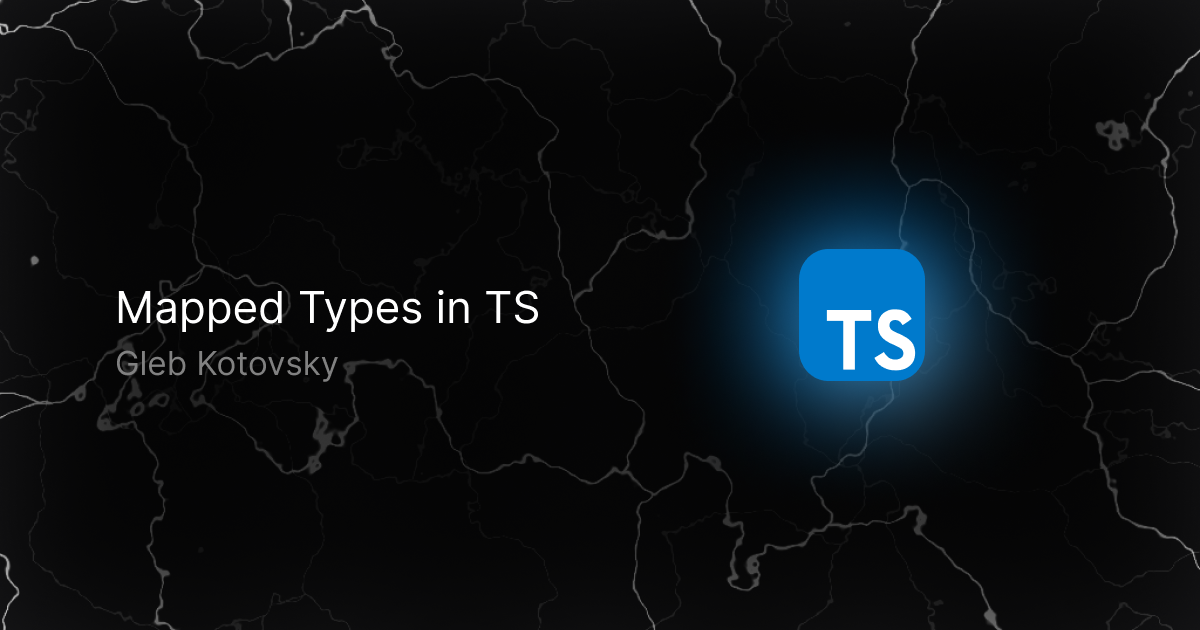A mapped type in TypeScript is a new type created from a base type using a custom type mapping utility.
Creating new types using a custom type mapper is a common practice that promotes DRY (Don’t Repeat Yourself) principles in a TypeScript codebase. There are various methods for deriving new types in TypeScript, and custom mapping is one of them.
A TypeScript type mapper leverages the index signature syntax to transform a union type and generate a new type.
Example of a Mapped Type
Let’s say you have an interface representing user profile:
interface User {
id: number;
name: string;
email: string;
}
Now, if you want to create a new type where all the properties of the User interface are optional, you can use a mapped type like this:
type Partial<T> = {
[K in keyof T]?: T[K];
};
type OptionalUser = Partial<User>;
Partial Type was added to the utility types since 2.1 typescript version
Explanation:
- User Interface: Defines the structure of a user with
id,name, andemail. - Mapped Type:
Partial<T>takes a typeTand creates a new type where all properties ofTare optional. Here:K in keyof Titerates over each key ofT.T[K]gets the type of each property, and the?makes them optional.
- OptionalUser Type:
OptionalUseris now a new type based onUserwhere all the properties (id,name,email) are optional.
Usage:
You can use the OptionalUser type like this:
const user1: OptionalUser = {}; // Valid, all properties are optional
const user2: OptionalUser = { name: "Alice" }; // Also valid
const user3: OptionalUser = { id: 1, email: "alice@example.com" }; // Valid too

